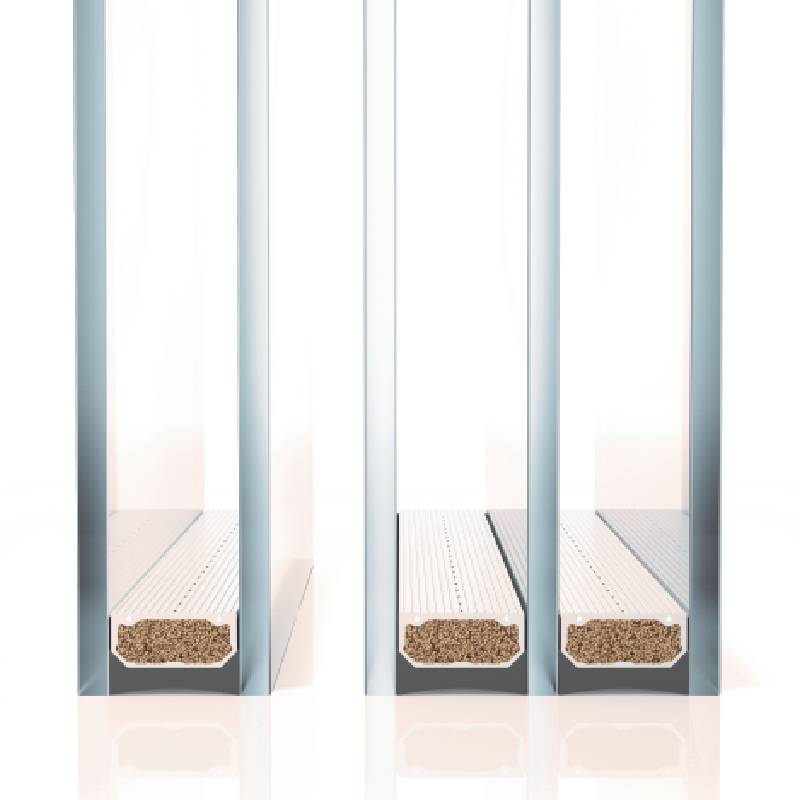

Understanding the Price Dynamics of 8mm Float Glass
Float glass, a widely used type of glass in construction and manufacturing, has gained significant attention due to its versatile applications and support for modern architectural designs. Among the various specifications, 8mm float glass stands out owing to its balance of thickness, strength, and clarity, making it a popular choice for both residential and commercial projects. This article examines the factors influencing the price of 8mm float glass, the trends currently shaping the market, and considerations for potential buyers.
Factors Influencing Price
1. Raw Material Costs The price of 8mm float glass is inherently linked to the cost of its primary raw materials—silica sand, soda ash, and limestone. Fluctuations in the prices of these materials can heavily influence the overall manufacturing costs. For instance, geopolitical events or natural disasters that affect the mining and shipping of silica can lead to increased prices. Similarly, changes in energy costs, particularly natural gas and electricity, directly impact the manufacturing process of float glass.
2. Manufacturing Processes The float glass manufacturing process itself is energy-intensive and requires precise conditions to ensure quality. Advances in technology, while improving efficiency, often come with initial high capital expenditures that can affect pricing. Additionally, companies that prioritize sustainable manufacturing practices might incur higher costs, which can be reflected in the final price of the glass.
3. Demand Dynamics The demand for 8mm float glass is primarily driven by the construction industry. Trends in architectural styles, urban development, and renovation projects can elevate demand. In times of economic growth, increased construction activity can lead to a spike in prices, while economic downturns can result in reduced demand and lower prices.
4. Regional Variations Pricing for float glass can vary by region due to differences in labor costs, regulatory environments, and transportation logistics. For instance, regions with a thriving construction sector may see higher prices due to demand, whereas areas with less development activity might enjoy lower prices.

Current Market Trends
The glass industry has been experiencing challenges and opportunities similar to many other sectors. The rise of green building practices has led to an increased focus on energy-efficient glass products, which can sometimes carry a premium price. The growing emphasis on sustainability may encourage manufacturers to offer innovations in float glass that are not only aesthetically pleasing but also contribute to energy savings.
Furthermore, Covid-19 has had a profound impact on construction schedules and supply chains, causing volatility in prices. As construction rebounds in many regions, supply chain disruptions may temporarily push prices up, particularly for specific dimensions like 8mm float glass.
Considerations for Buyers
For buyers looking to purchase 8mm float glass, it’s essential to keep several factors in mind. First, understanding the market trends and timing purchases can help secure better pricing. Engaging with multiple suppliers and comparing quotes can also yield cost-effective solutions. Lastly, considering bulk purchases may lead to discounts, especially in regions experiencing higher demand.
In conclusion, the price of 8mm float glass is influenced by a myriad of factors ranging from raw material costs to market demand and technological advancements. By staying informed and strategically navigating the market, buyers can make advantageous decisions that align with their project needs. As the construction landscape evolves, so too will the dynamics of float glass pricing, making it crucial for stakeholders to remain adaptable.